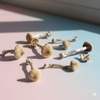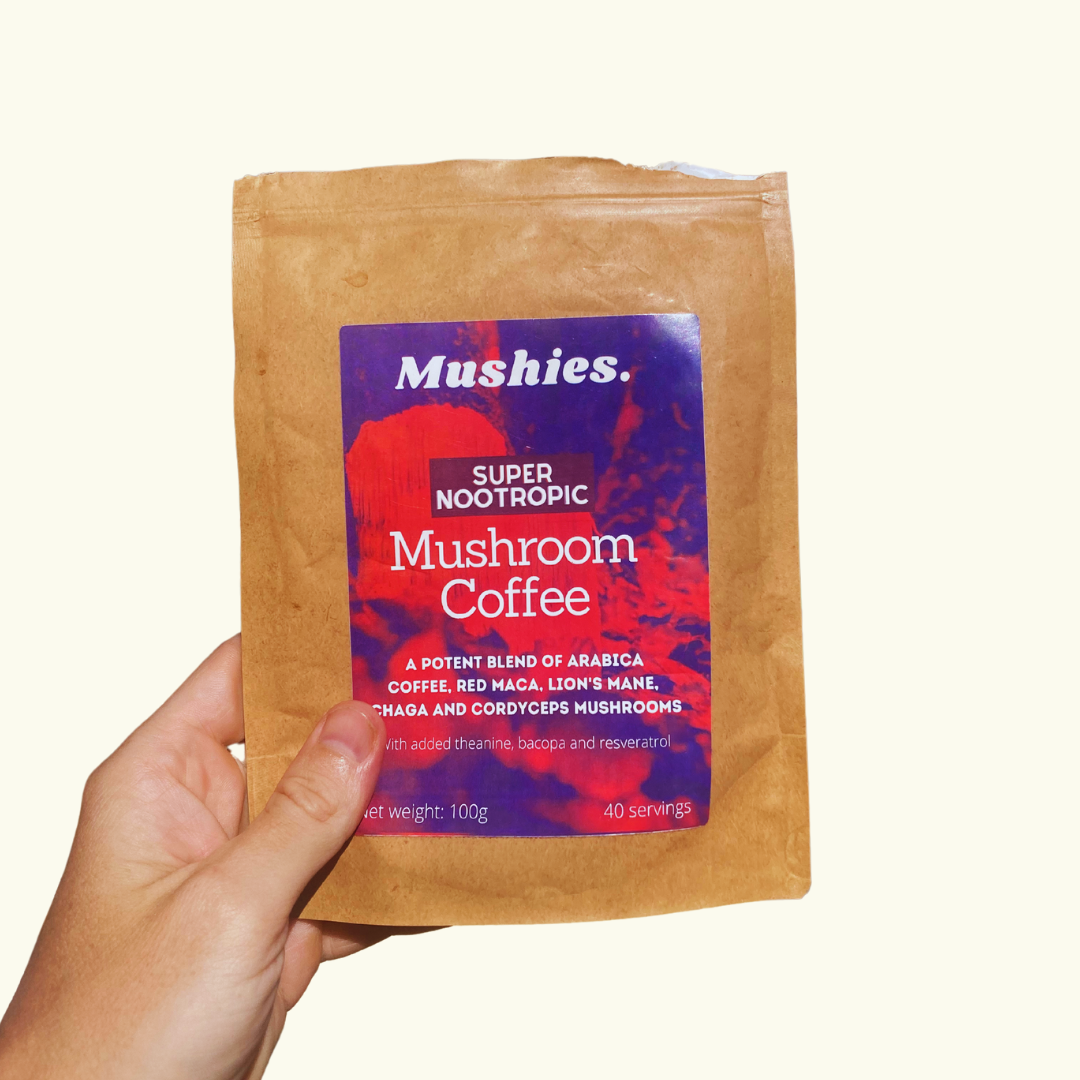A 90-year-old mycological mystery has just been solved.
A West Virginia University microbiology student, Corinne Hazel, has finally found a mysterious fungus that scientists (including LSD inventor Albert Hofmann himself) suspected existed but could never track down.
The Morning Glory Mystery
So here's the story. Back in the late 1930s, Albert Hofmann (the Swiss chemist who invented LSD) noticed something interesting. Morning glory plants - which have been used ceremonially for centuries, especially in Mesoamerica - contained psychedelic compounds called lysergic acid derivatives, which are structurally similar to the ergot alkaloids he'd been working with.
His hunch was there had to be a fungus hiding in those plants, making all those compounds. This is because ergot alkaloids are exclusively produced by fungi. Not plants.
But, despite decades of looking, nobody could actually find this hypothetical fungus. It became this legendary thing in the mycology world. Everyone suspected it was there, but it kept eluding researchers.
Enter Corinne Hazel, an environmental microbiology major from Delaware, Ohio, working in Daniel Panaccione's lab. She was studying how morning glories move ergot alkaloids through their roots when she noticed "a little bit of fuzz" on some seed coats from plants lying around the lab.

That fuzz, it turns out, was the fungus everyone had been hunting for.
They sequenced its genome (funded by a student grant Hazel secured herself, which is impressive), confirmed it was a new species, and gave it the absolutely perfect name: Periglandula clandestina.
The Latin basically translates to "the hidden one near the glands" - a nod to how it managed to hide from investigators for so long.
Therapeutic Potential
Beyond being a cool "mystery solved" story, this discovery has some serious pharmaceutical potential.
P. clandestina is incredibly efficient at churning out ergot alkaloids in large quantities. And while ergot alkaloids can be toxic (they're the same compounds that cause ergot poisoning when they grow on rye), they're also used therapeutically. Modified versions have been used to treat migraines, Parkinson's disease, uterine hemorrhaging, and even some forms of dementia.
The semisynthetic derivatives, like LSD, are currently being researched and used to treat depression, PTSD, and addiction. The problem is that many of these compounds come with unwanted side effects.
So having access to the actual fungal species that produces these compounds opens up new research avenues. Maybe we can figure out how to modify them better, or produce cleaner versions with fewer side effects.
As Panaccione put it: "Many things are toxic. But if you administer them in the right dosage or modify them, they can be useful pharmaceuticals."

Alkoloid Risks
Historically, ergot alkaloids were responsible for hallucinations, gangrene, and some genuinely bizarre medieval outbreaks. Like entire villages experiencing mass psychosis, people's limbs turning black and falling off, convulsions, etc.
Some historians even think ergot poisoning might explain certain witch trial episodes and reports of demonic possession. The alkaloids constrict blood vessels so severely they can cut off circulation entirely, leading to that gangrenous tissue death. It's gnarly stuff.
What's Next?
Hazel is now working on figuring out the best ways to culture the fungus (apparently it's a slow grower), and she's curious whether other morning glory species might harbour similar fungal symbionts that haven't been discovered yet.
The research was published in Mycologia, and the genome sequence is now deposited in a gene bank with Hazel's name on it, which is pretty amazing for an undergraduate.
"People have been looking for this fungus for years," Hazel said, "and one day, I look in the right place, and there it is."
Source:
- Corinne M. Hazel, Daniel G. Panaccione. A new species of Periglandula symbiotic with the morning glory Ipomoea tricolor. Mycologia, 2025; 1 DOI: 10.1080/00275514.2025.2483634






